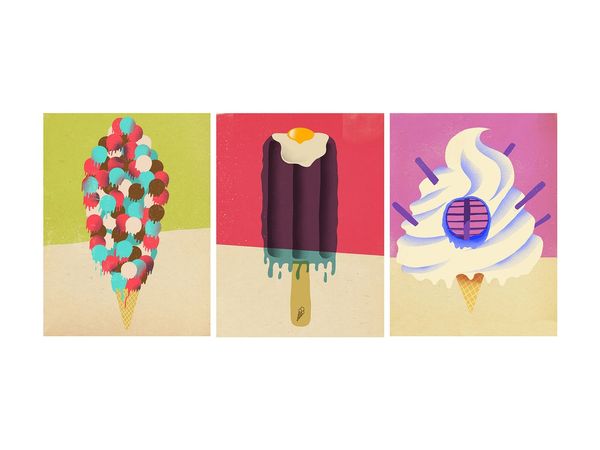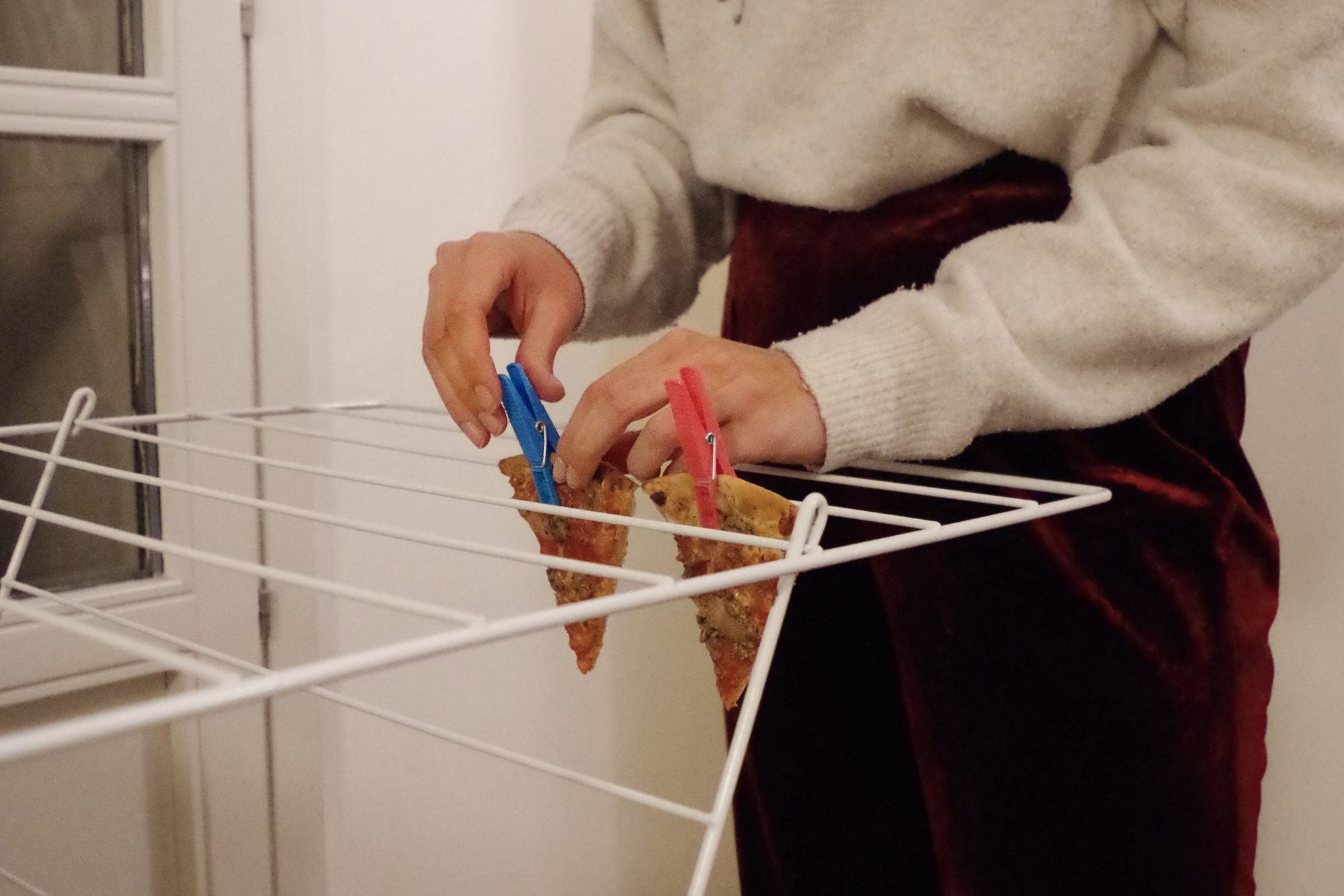Elise Coudré, as she calls herself, is an eating & experience designer, who has been experimenting for the last two years with pushing the borders of eating towards playing. As she puts it, she’s trying to unveil the psychology of eating by questioning the status quo of our eating habits. She tries it out and sees how the experience of eating changes when food is served on a clothes drying rack, in a matchbox, in a bottle post or on your own body instead of a table. She recently gave a workshop in Antwerp and presented at the EFOOD2022 food design conference in Lisbon, where our guest editor met her. Márta Merkl’s interview.
As their domain is not really an institutionalized one, it’s always interesting to ask food designers about their background and how they chose their profession.
During my studies as an industrial designer, we already had some food-related projects. In my second year of BA, we had a project about food waste, more specifically the waste of bread. In 2017, I was an Erasmus student in Helsinki, and I had an opportunity to experiment more and choose my own projects. I came across Marije Vogelzang (eating designer—the Ed.), as I was also doing a food-related project about mental eating, it was kind of a foresight project. That’s where I first learned about food design. I got super excited. I felt that was my direction, but first, I wanted to finish my studies, of course. I did an internship in a service design company, because I’m convinced that we are driven towards an experienced-based society more than a product-based one, and I’ve always been more interested in that direction. In my last year, I worked on a project about eating disorders. Afterward, I took a break from industrial design, I went to Barcelona, did something completely different. Then somehow, I ended up creating my Instagram account and step-by-step, I developed my practice from there. Now, I’m very excited about the future!
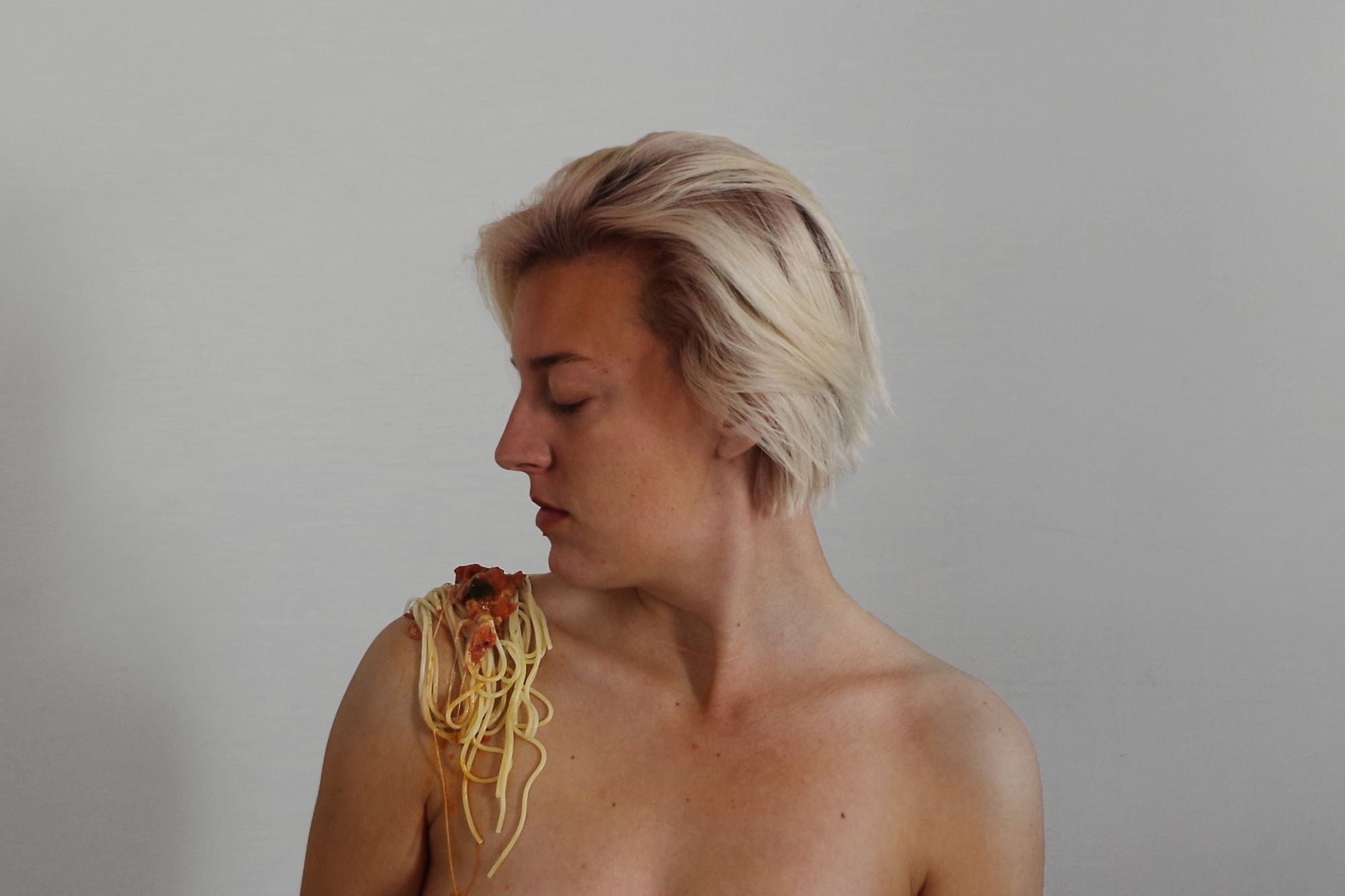
Was your education at the University of Antwerp food-focused?
No, not at all. I think their curriculum is based on that of the Delft University of Technology. I went to the Department of Industrial design, and my major and minor included designing for interactions, strategic and technical design. So the training focused on product design, and food was only occasionally involved. For example, the project mentioned above, initiated by a partner, was on food waste. Food design, so to speak, was never mentioned.
How would you describe your job? If you had to tell a ten-year-old child about it, how would you do it?
Oh, that’s a difficult question! I think I’m still in the process of becoming a professional. In the beginning, I just did Instagram for fun, and I had a full-time job. Now, I’m kind of developing my practice to make a living, but I’m still working on it. I think there is a very thin line between a food designer and an artist. I think I can be both. I’m still in a bit of an identity crisis. But if I had to explain it to a ten-year-old kid, I would just say that I work with food and I ask questions about the way we eat. I think my personal goal would be to make people more mindful in terms of eating, in general. But that’s already quite a difficult concept for a ten-year-old, so I’d say I just play with food.
How does the experience manifest itself in your work?
It’s all about the experience in my work. I started doing it as self-exploratory research. I changed my way of eating in many different ways. I kind of experiment with how it feels for me, and I always record my experiences. It’s very important to think about it, because for me, eating is not only about food, but also everything around it. A lot of people aren’t conscious of it yet, but it’s nice to explore it.
It’s very interesting that you record your experiences. How should we picture that?
It’s very simple, it’s all on my Instagram. I take pictures and videos of myself eating. I also write down my experiences, using a bit of storytelling there sometimes, to make it funny. I always record my predictions and my thoughts on the experience afterwards, as sometimes they’re quite different. Like you imagine eating in a certain way, you do it and you’re like “Oh, this is not really nice” or “Oh, it’s better or easier than I expected.”
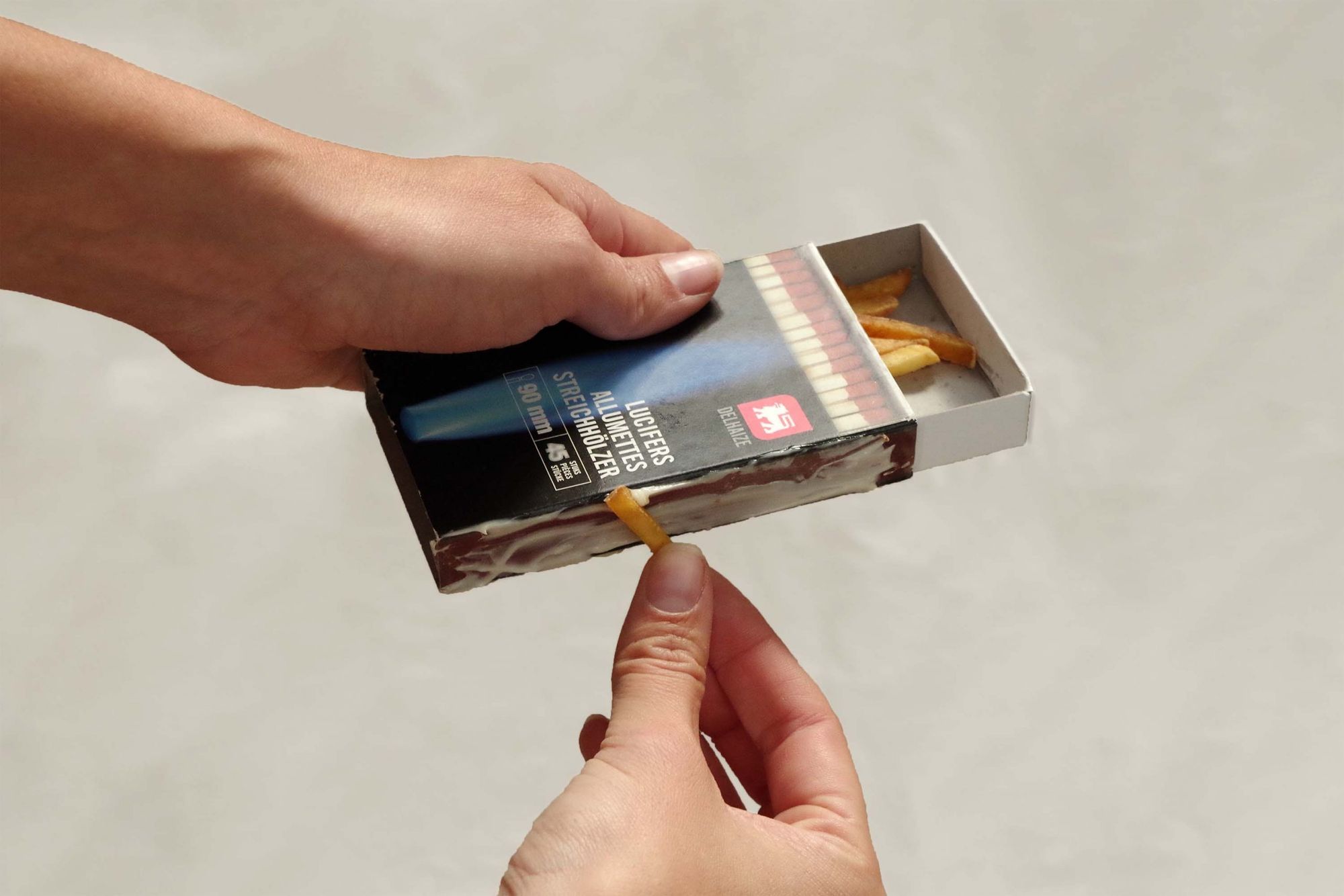
You mentioned that you want to gain more self-consciousness through eating. What does that mean for you?
I’ve been eating alone a lot lately because I’ve just moved to new countries, especially during quarantine. I think nowadays a lot of people are disconnected from their food. So I was trying to find a way to be more connected to food and not to use my screen all the time or distract myself with other things. I started out like that, but then experiments got so playful and I enjoyed them so much that I kept going. Now, we have about 120 experiments in total.
Are there any tools or methods that help you achieve your goals or deliver your message?
My recent practice on Instagram has been growing very organically, without thinking too much about the methods. However, I’ve started working with a researcher on my Instagram account to make it more comprehensible. I’ve started doing other food design projects, as well, and there, I do think more about how I’m going to take this on. I also use a lot of methods due to my industrial design background, like design thinking for my projects.
You mentioned a kind of collaboration, which made me wonder if you’ve ever worked with chefs?
Not yet, but I’d really like to. I personally don’t really care about the food itself, or of course, I care, but it’s not my field of expertise. I would love to work with people who are experts and do some nice crazy things.
What inspires you?
Everyday life! Well, there are several sources of inspiration… I have a very personal one, which is that I’ve always had people close to me with very different and not always easy relationships with food. And I’ve experienced it myself, as well, because I have an autoimmune disease and there was a time when I couldn’t control my weight because of it. It also affected the way I ate or thought about food because I was trying to gain control, without success. So I think I’ve always been interested in this, and it’s still a big source of inspiration. I wrote my thesis on eating disorders, they’ve always fascinated me, as they imply a very strange relationship to food. In case of eating disorders, it’s like eating is a way of gaining control over your life, while we couldn’t stay alive without eating. This is a very interesting aspect. But for me, walking is also a great source of inspiration and creativity.
What about feedback, critique, and reviews? How do they affect you?
To be honest, I haven’t received too much critique yet. Most people are enthusiastic when they hear about my work. That drives me, I get super motivated. But for me, it’s rather a self-driven thing, I mean my inner motivation is so strong that a critique wouldn’t affect me much I think, for now. We’ll see in the future.

Do you think there’s such thing as public taste?
There is, but it might differ in terms of where you’re based. For example, in India, people eat with their hands a lot, while in Belgium, people aren’t comfortable with that. In this sense, there are cultural preferences. Although our world is globalizing, if I look at my parents’ generation, they really do have a certain taste in food because they were raised with it. In Belgium, for example, we traditionally eat a lot of potatoes, leeks, and meat. I think the food we ate growing up stays with us in a way.
What does your worst workday look like?
Whenever I’m stuck in a project. When you’re working on something and you think it doesn’t make sense and you can’t find the right way or the right approach to solve the problems. But that’s okay, too, because then you just need to take a break and hopefully, the next day will be better.
When is the best time to be a food designer?
For me, it’s best when I interact with people. I really like working with them. I haven’t done much until now, because I only started doing workshops last summer. I really enjoy the interaction related to my work, people, and me. When I’m working on something, and I feel that I can make a difference. When I’m experimenting for my Instagram, I always have a kind of not childish, but very playful feeling, and I love it. I also really like to be inspired, and I can get inspired by people saying or doing things that are new and unexpected.
You mentioned that you have an identity crisis, you don’t really feel the boundaries between fine art and food design. Could you tell me a bit more about this feeling?
Some people told me what I do is art, some said it’s food design. I think, in a way, it can be both. It depends on the way you present it. In my work, I like to be thought-provoking and art is a very good medium for that. I think food design can also be considered art if it’s thought-provoking and it can make a difference in people’s way of thinking.
About the author
Márta Merkl has been working in the Hungarian art and design scene as an art historian and project manager for the past ten years. Her current project is a PhD on food design, supported by the Corvinus University of Budapest Doctoral School of Business and Management, Department of Marketing, Media and Design Communications and the Co-operative Doctoral Programme of the Ministry for Innovation and Technology. Her research focuses on questions of designability of the dining experience, as the answers can be used not only in the fine dining environment (for example, the transformation of the Onyx Restaurant), but also in a wider context, including diet planning.
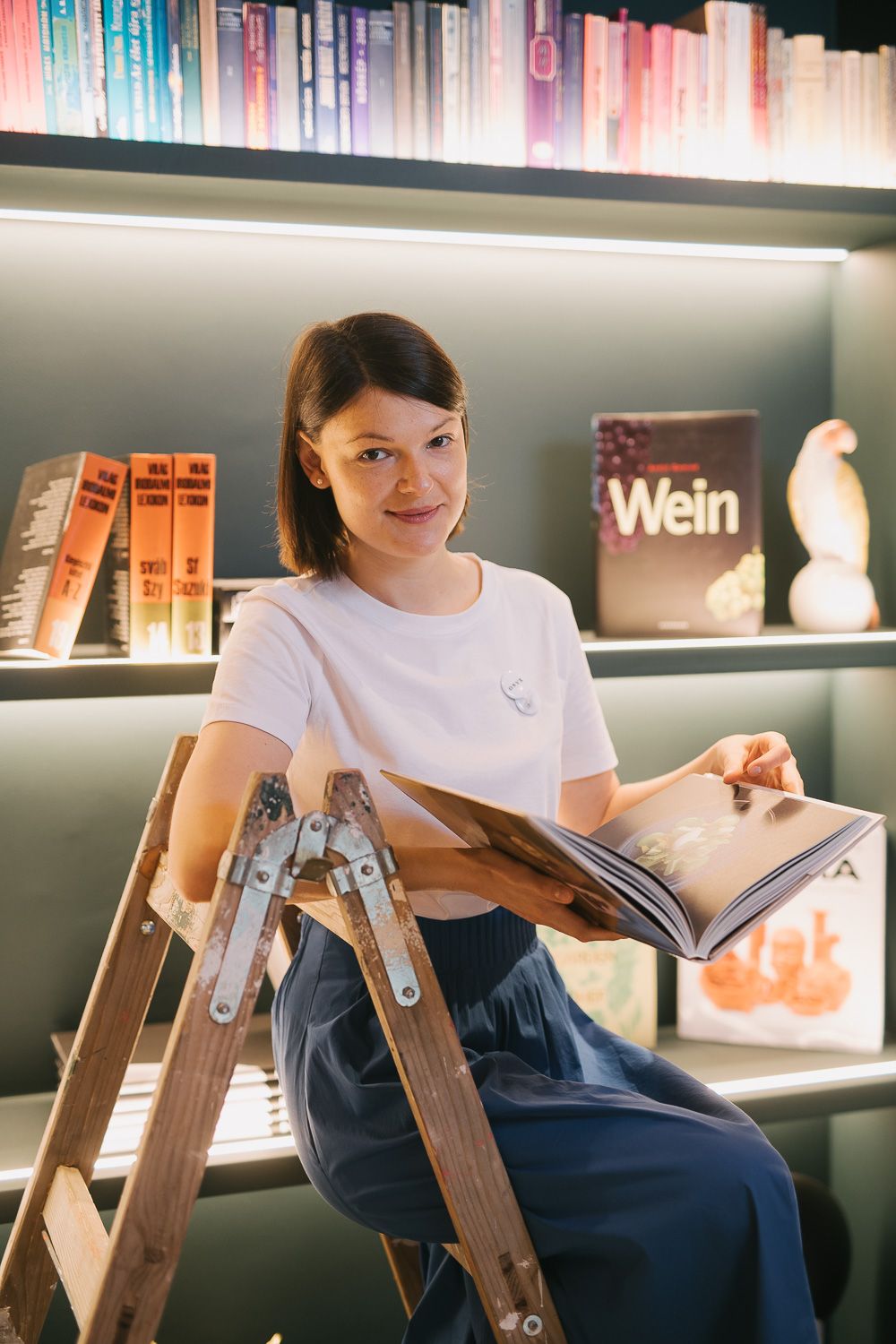
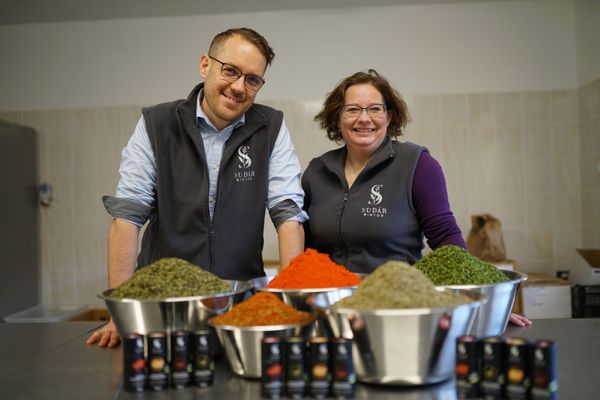
From home brewing to exciting spices | Piqniq pack—Part 11
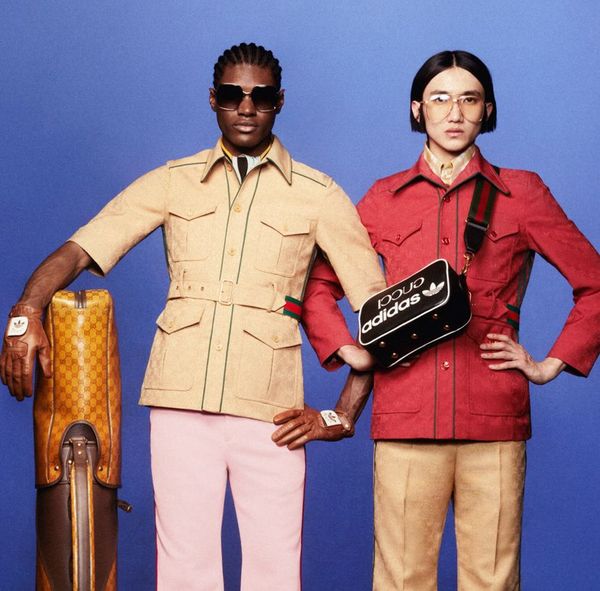
A special 80s-inspired fitness catalog accompanies the Adidas x Gucci collab
